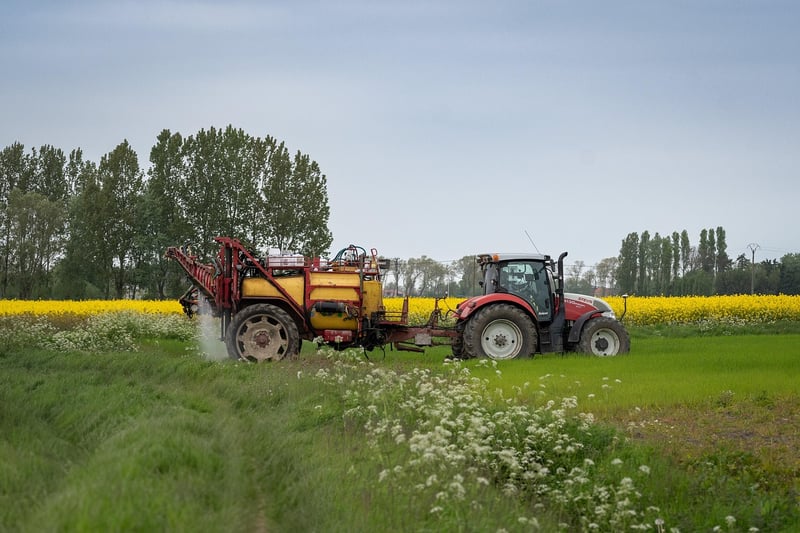Storage Tips
Optimal Harvesting Practices and Storage Tips
Introduction
Harvesting crops is a crucial stage in agriculture that requires careful planning and execution to ensure maximum yield and quality. Additionally, proper storage of harvested produce is essential to maintain its freshness and prevent spoilage. In this article, we will discuss optimal harvesting practices and provide useful storage tips to help farmers preserve their crops effectively.
Optimal Harvesting Practices
Optimal harvesting practices play a vital role in ensuring that crops are harvested at the right time and under the best conditions. Here are some key practices to consider:
- Timing: Harvest crops at the correct stage of maturity to ensure optimum flavor, color, and nutritional value.
- Equipment: Use sharp and clean harvesting tools to prevent damage to the crops and facilitate efficient harvesting.
- Weather Conditions: Choose dry weather for harvesting to minimize the risk of disease transmission and reduce crop spoilage.
- Handling: Handle harvested crops with care to avoid bruising or crushing, which can lead to premature deterioration.
- Storage Containers: Use appropriate containers that provide adequate ventilation and protection to maintain the quality of the harvested produce.
Storage Tips
Proper storage is essential to preserve the freshness and quality of harvested crops. Here are some valuable storage tips:
- Temperature: Store crops at the recommended temperature to slow down the ripening process and extend their shelf life.
- Humidity: Maintain optimal humidity levels to prevent wilting or dehydration of the produce.
- Ventilation: Ensure proper ventilation in storage areas to prevent the buildup of moisture and reduce the risk of mold growth.
- Separation: Store different types of crops separately to prevent cross-contamination and maintain their individual flavors and qualities.
- Monitoring: Regularly inspect stored crops for signs of spoilage or infestation and take necessary actions promptly.
Conclusion
By following optimal harvesting practices and implementing effective storage tips, farmers can ensure that their hard work in cultivating crops pays off with high-quality produce that can be enjoyed for longer periods. Proper planning, attention to detail, and regular monitoring are key elements in successful harvesting and storage processes.
Remember, the journey from the field to the table involves careful handling and preservation of crops to maintain their freshness and nutritional value.
Here's to bountiful harvests and well-preserved produce!


